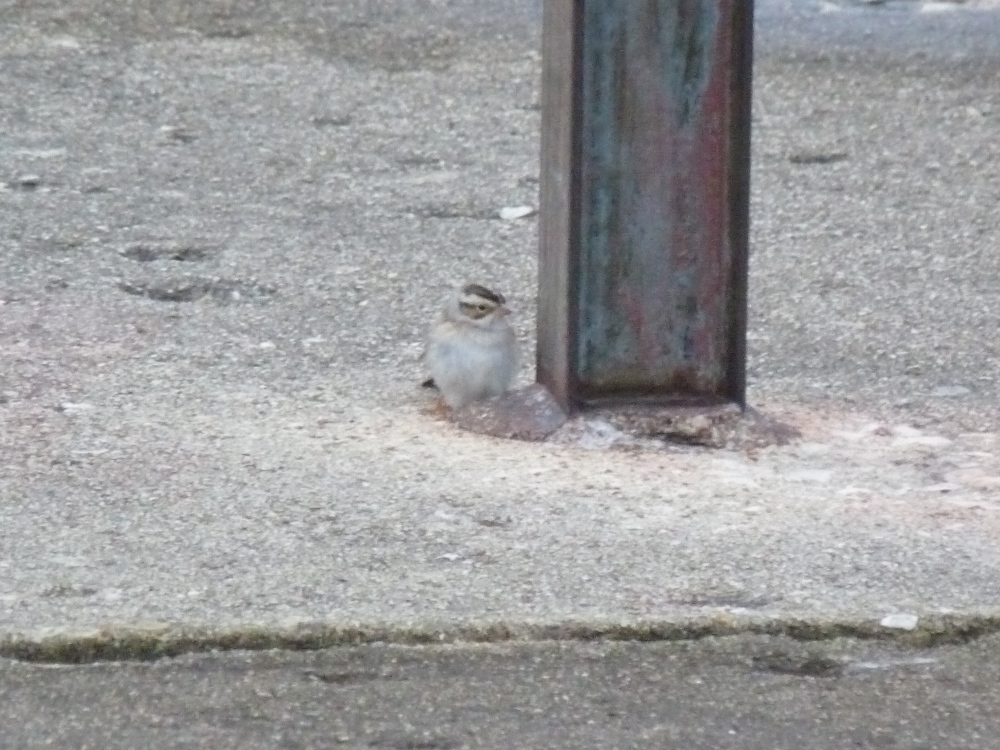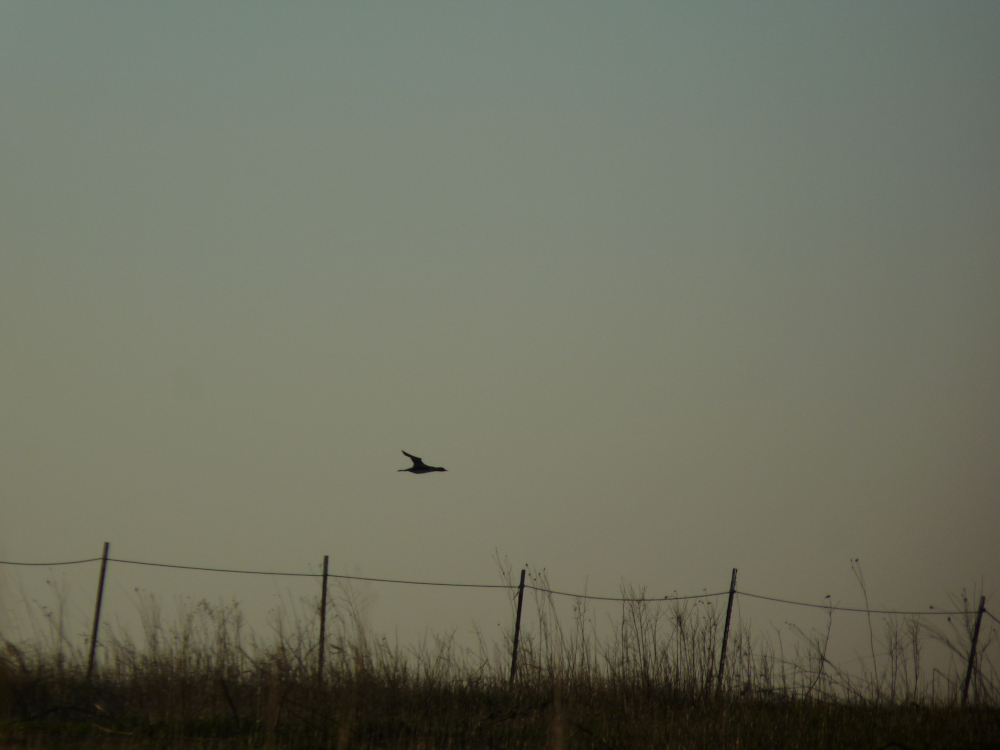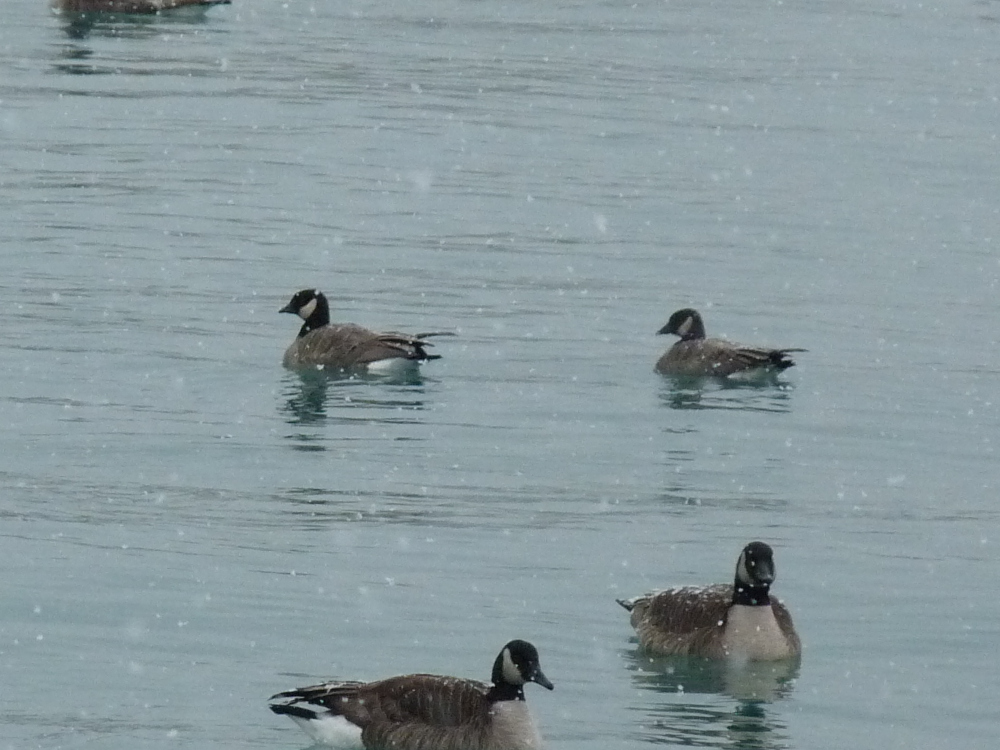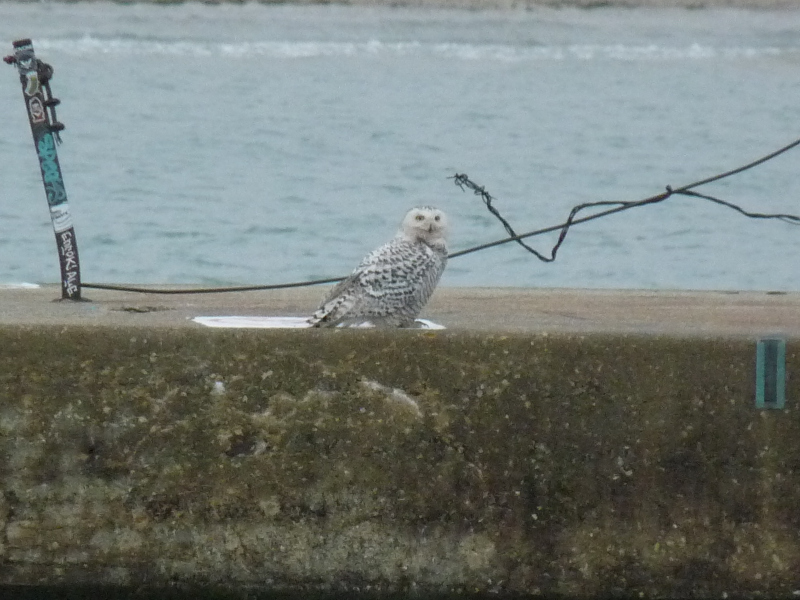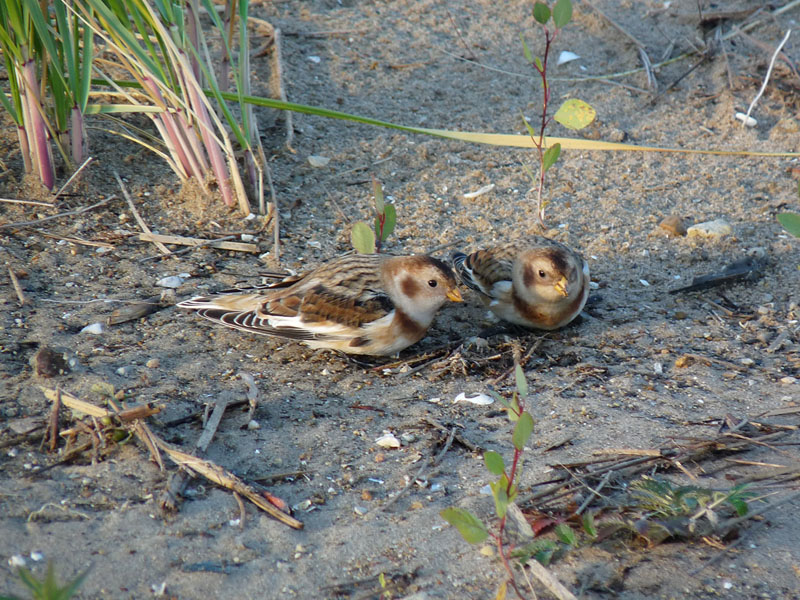Saturday, May 13 qualified as a fallout given the volume of warblers, sparrows, flycatchers, and other passerine migrants present. Over 140 species were reported to eBird by all observers. The rain, north winds, and temperatures in the 50s didn’t slow down the birds or the birders. My highlights include
Ruddy Turnstone
Common Tern (14)
Common Loon (getting late)
Yellow-throated Vireo
Philadelphia Vireo
Clay-colored Sparrow (2)
Orchard Oriole (4)
22 warblers
Golden-winged Warbler
Blue-winged Warbler
Mourning Warbler
Northern Parula
Canada Warbler
Scarlet Tanager (4)
Dickcissel (3)
We’re at the peak of spring migration; birding will be productive for the next 2 to 3 weeks. This is the time to call in sick or take those personal days off.

